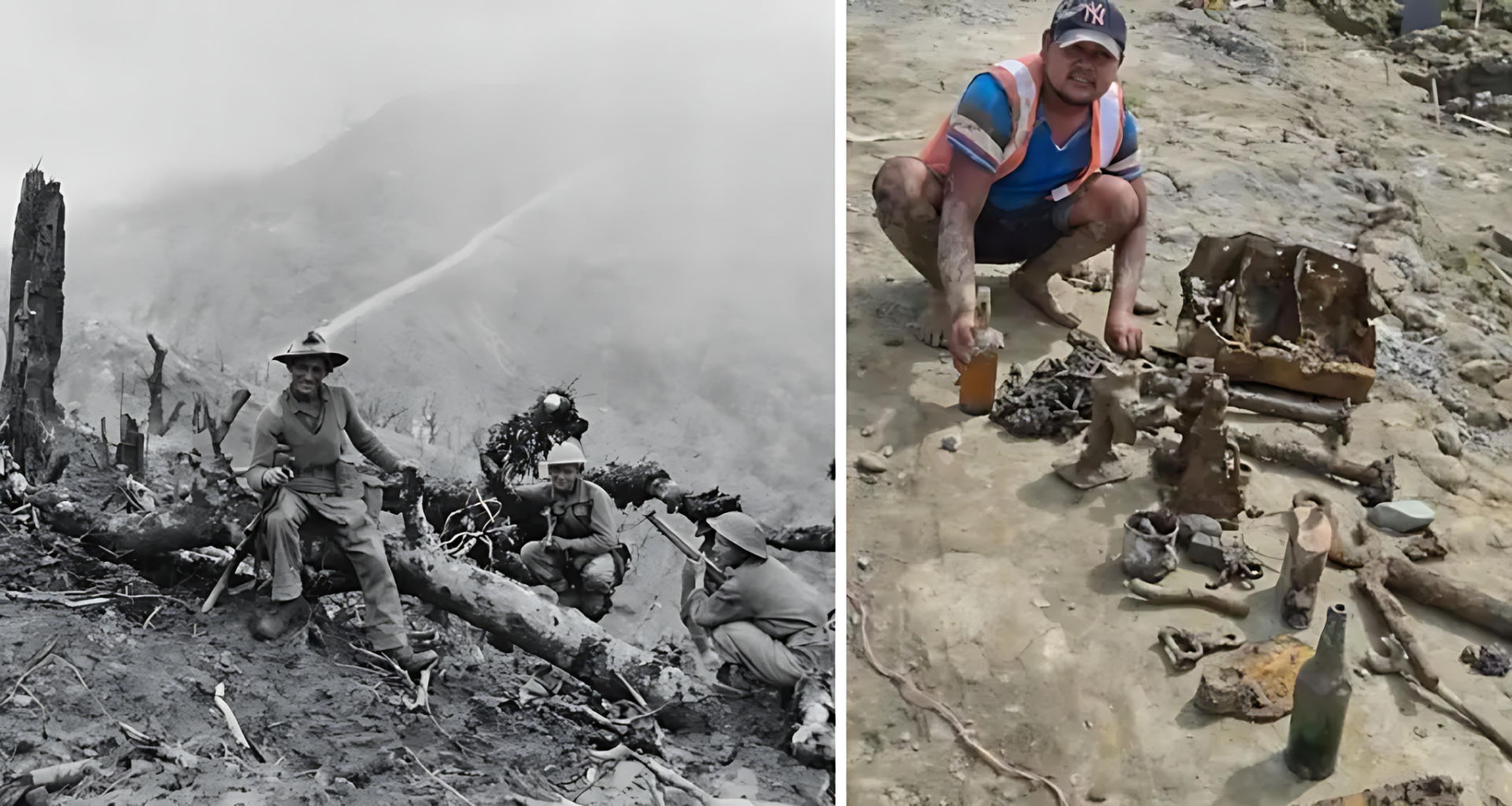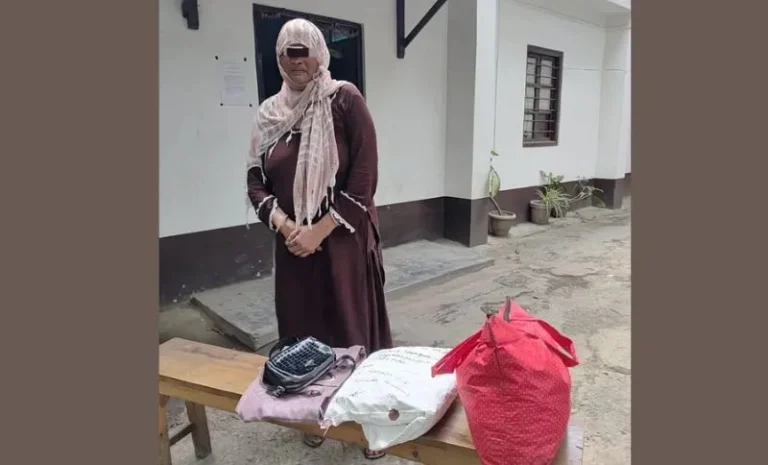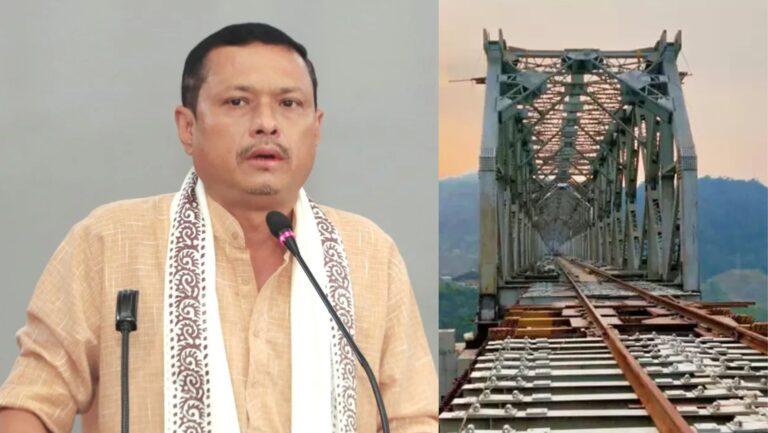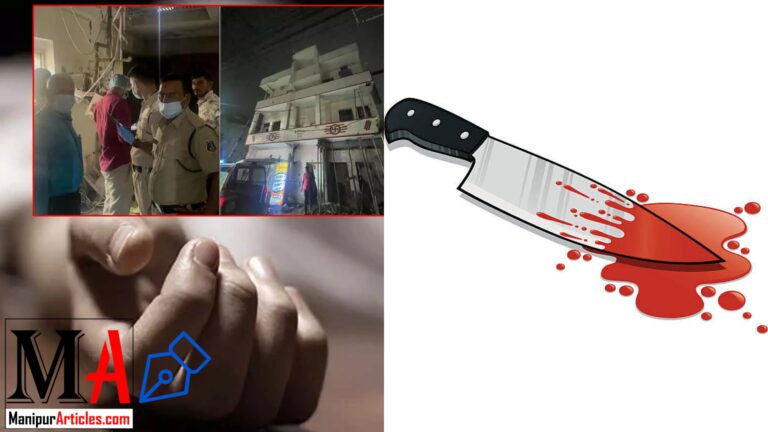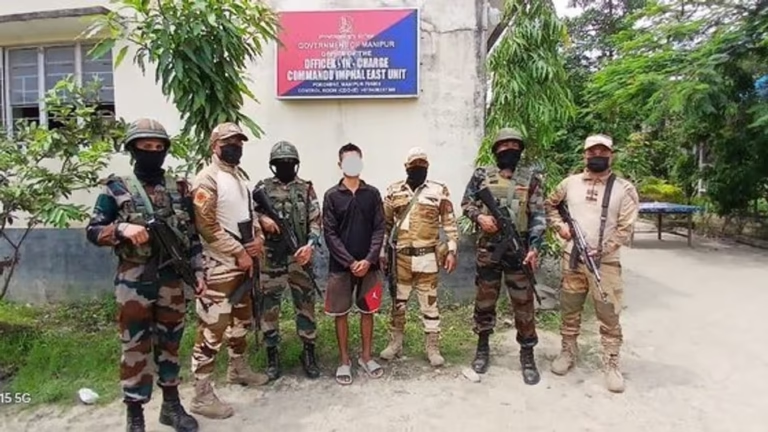World War 2 (WWII) Relics Unearthed During Construction in Manipur Imphal West
Summary
During routine construction work in Langthabal, Imphal West on July 22, 2025, laborers unearthed a stash of World War II relics roughly four feet underground. Discovered among rusted shell casings, water bottles, a hand grenade, tin cans, and spades, these items likely date back to the historic Battle of Imphal in 1944, when Allied forces defended the valley from Japanese invasion. The site sits near the Canchipur hills, once a strategic Allied military encampment. Officials have secured the area and plan to involve historians and conservation experts to study and preserve the newfound artifacts.
1. Introduction: What Was Found and Why It Matters
Imagine digging just a few feet into the ground and uncovering something that connects you to a pivotal chapter in global history. That’s exactly what happened in Langthabal. Construction workers accidentally stumbled upon artifacts from WWII—tiny time capsules that carry stories of bravery, struggle, and sacrifice from the Battle of Imphal. For historians, locals, and curious minds alike, this unexpected find breathes fresh life into a moment buried in mud—and memory.
2. Scene of the Find: Langthabal Construction Site
Langthabal, on the outskirts of Imphal, lies in the shadow of Canchipur hills, a hilly area that once housed a major Allied military encampment. The news broke when construction crews reached the object-filled soil at about four feet deep. Using simple shovels and protective gloves, they revealed water bottles, tin cans, a grenade, and spades—everyday wartime tools. Immediately, authorities cordoned off the site, as local memory mixed with modern protocols, ensuring safety and historical respect.
3. Battle of Imphal: A Key WWII Turning Point
In 1944, the Battle of Imphal—alongside the Battle of Kohima—marked a decisive turn in the Burma Campaign. Japanese forces, often allied with the Indian National Army (INA), sought to break through the Imphal Valley, tip the balance in their favor, and advance into British India. But the rugged terrain and determined Allied troops resisted. Casualties were staggering: around 54,000 Japanese and 12,000 Allied soldiers died or suffered wounds. Recognized by the British National Army Museum as “Britain’s greatest battle,” its impact echoes even now.
Conclusion: The Legacy and the Land
That unassuming construction site in Imphal West just became a gateway to the past. What seemed like rusted junk is now a living narrative from a moment where Manipur held the line in one of WWII’s most decisive battles. Now it’s our turn—to explore, preserve, honor, and learn.
FAQs
1. Where were the WWII relics found?
They were unearthed about four feet underground at a construction site in Langthabal, Imphal West, near Canchipur hills.
2. What items were recovered?
Workers found rusted shell casings, a hand grenade, water bottles, tin cans, and spades—items related to Allied military presence.
3. Why is the Battle of Imphal historically significant?
Fought in 1944 alongside Kohima, it halted Japanese advancement into British India, making it one of Britain’s greatest battles in Asia.
4. Are the relics dangerous?
They may include unexploded ordnance, so the site is cordoned off and bomb disposal experts are expected to safely handle them.
5. What will happen to the artifacts?
Officials plan to collaborate with historians and preservation specialists. The relics may end up in local museums like the Imphal Peace Museum, displayed for educational purposes.
